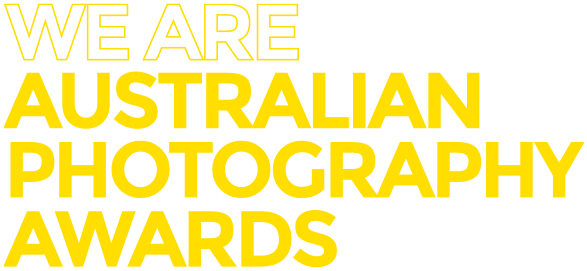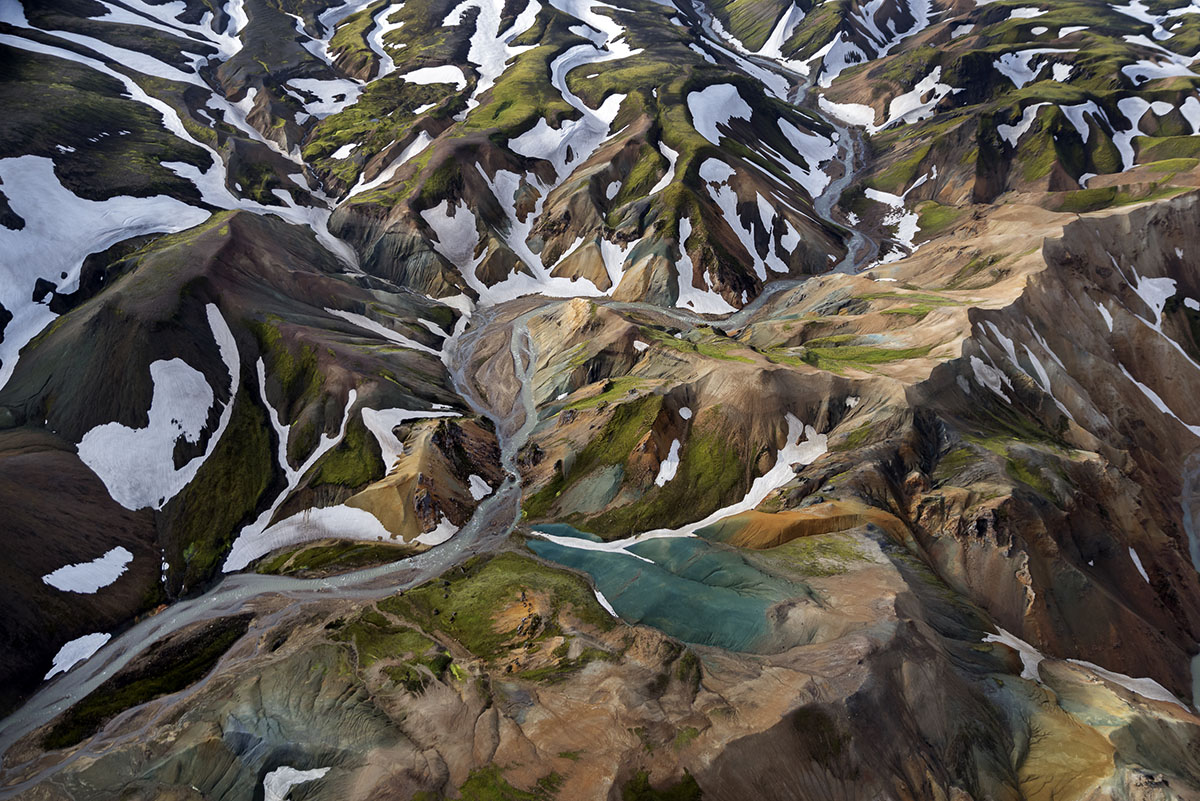Alongside portraiture, landscape photography is the most ubiquitous and accessible of all the photographic genres. To create a beautiful landscape, you need nothing more than a direction to point your camera and a desire to communicate that space through your own interpretation.
Landscape photography is also one of the mediums most versatile formats. Whilst everybody can appreciate a great technical image of a beautiful vista, some of the greatest landscapes aren’t images of bold mountain ranges, but of urban car parks. What makes for a great landscape isn’t just the view that it contains, but the photographers ability to communicate a version of that space which aligns with the emotion and concept they are trying to convey.
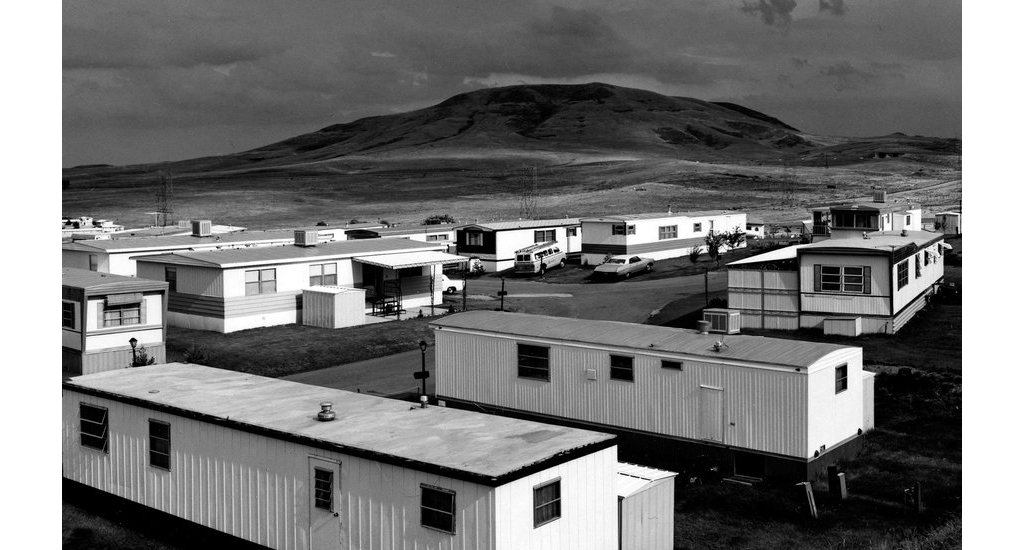
Take this image by respected American photographer Robert Adams, for example. This image is visually synonymous with the term ‘New Topographics’, coined by William Jenkins in 1975 to describe a growing style of American photography noted for depictions of man altered landscapes often captured with a banal aesthetic. This ‘new’ style of landscape photography played a strong role in the diminishing romanticism present in traditional photographers’ work such as Ansel Adams.
The movement brought with it an appreciation for photography that could be conducted in any place, at any time. No longer did a landscape image need to adhere to traditional beauty in order to be appreciated by the art world. Whilst landscape photographers have always used their work to drive conversations around the environment, this new understanding of what a landscape could be opened doors to modern conversations around development and human interference.
Whilst the approaches to landscape photography have always been expanding, there is still and always will be room for traditionally beautiful imagery of the natural world. In fact, research conducted by Vrije University Medical Centre in the Netherlands has shown that simply looking at beautiful landscape imagery can noticeably lower stress levels. Our world is an incredible place and there is no doubt that recording and amplifying that beauty has a greatly positive effect on society.
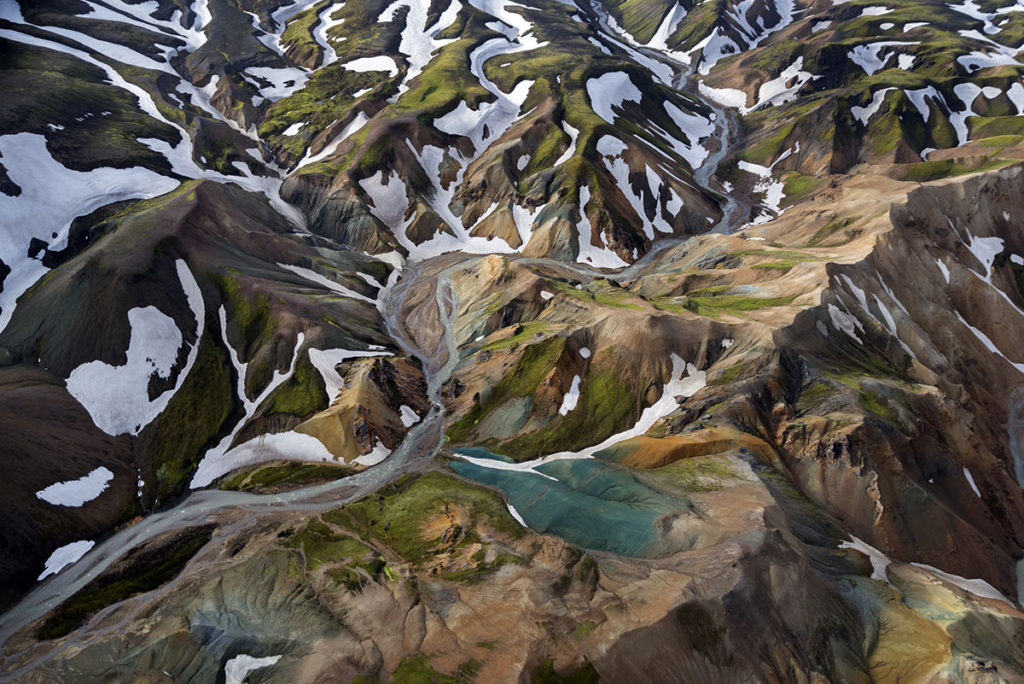
This image by Natalya Stone from the 2018 APA Landscape Category is a stunning example of this. Natalya is showcasing a natural wonder, one that not only would many of us be hard pressed to find in our local area, but also from a perspective that the audience would seldom be able to access. The striking beauty of imagery like this can inspire us to travel, to explore and to conserve our precious natural environments for future generations. By creating work from the air Natalya is also taking part in a relatively modern approach to landscape photography. Artists have always made images from the air, but with the availability of drones and personal aircraft becoming more accessible, we are seeing a whole new style of landscape photography evolve.
These above images reference just two of the many diverse formats or movements that a landscape image can be placed within. To discuss further approaches, we will now introduce our 2020 Landscape Committee, take a look at their work and question what they might be searching for in a winning image this year.
Allen Koppe ACS
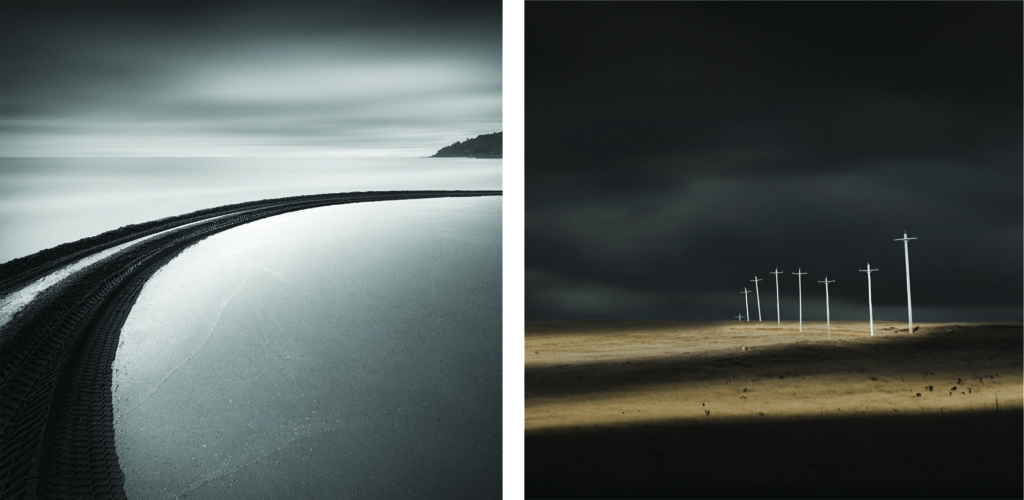
Allen Koppe is a photographer and cinematographer based in Sydney. Alongside being exhibited in Australia, China and Iran, Allen’s work has been celebrated by many national and international awards programs including our own APA and Stories.
Allen’s work exhibits stylistic tendencies of fine art, often leaning into minimalist compositions to create imagery that feels serene and other-worldly. His work conforms to a square frame, allowing the strategic structural placement of elements within his imagery and contributing to the feeling that all else is blocked out other than the subject and its position within Allen’s field of view. Enhanced by modern digital techniques, Allen utilises every available tool to bring his interpretations to life resulting in striking imagery at the leading edge of contemporary fine art landscape photography.
Dr Kristian Häggblom
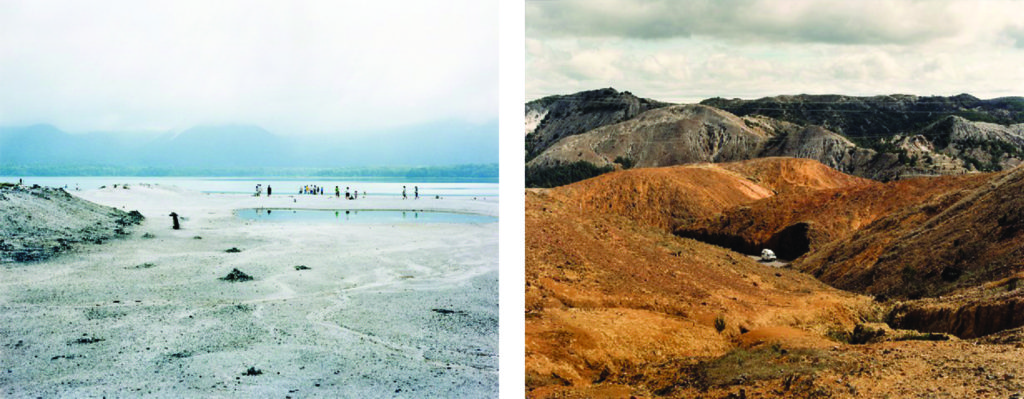
Dr Kristian Häggblom is an artist, curator, photobook collector and academic based in Melbourne. As the course convener of the Master of Arts – Photography program at Photography Studies College, Melbourne, Kristian has an incredible knowledge of contemporary photography which informs his expanded documentary practice. Kristian has exhibited in Australia, Japan, America, India, Mexico and Switzerland and has been celebrated through a long history of recognitions and awards.
Within his photographic work, Kristian documents spaces where “the relationship between nature and culture is thrown into question” and “invite(s) the viewer to contemplate physical and mental cultural constructs that layer our environment”. By combining art and academia Kristian is able to approach photography from diverse angles in order to gain an understanding of the photographer’s expression and intent and the affects this may have on the viewer and subsequent environment.
Martine Perret

Martine Perret is a photographer and artist living in Margaret River. After a long career in photojournalism, covering UN peacekeeping missions in conflict zones, Martine now focuses her time on producing work in and around Western Australia with a strong focus on the aerial landscape as a storytelling tool.
Through publication, exhibition and awards programs Martine’s work has been celebrated nationally and internationally for her contemporary approach to conceptual landscape photography. Her most recent project Ngala Wongga Cultural and Significance of Languages in the Goldfields approaches indigenous language and history through the use of her signature aerial landscapes, portraits and gallery installations.
It is this usage of landscape photography in forming visual narratives and telling stories that links together each artist and committee member that we have covered in today’s discussion.
A single landscape image can tell us so much about the society, culture, environment and ethos of a space at a particular point in time. If you are currently creating or selecting work to enter into APA 2020, I would suggest considering the ideas beyond the vista. What story is this picture form part of? What can the audience learn from this image, or what can this photograph make them feel? Be it simple or complex, the best images always tell a story of some sort and landscapes are no different. If you can identify your narrative, lean into it and express it with confidence, then you will find that your work resonates with your audience and ultimately the committee.
